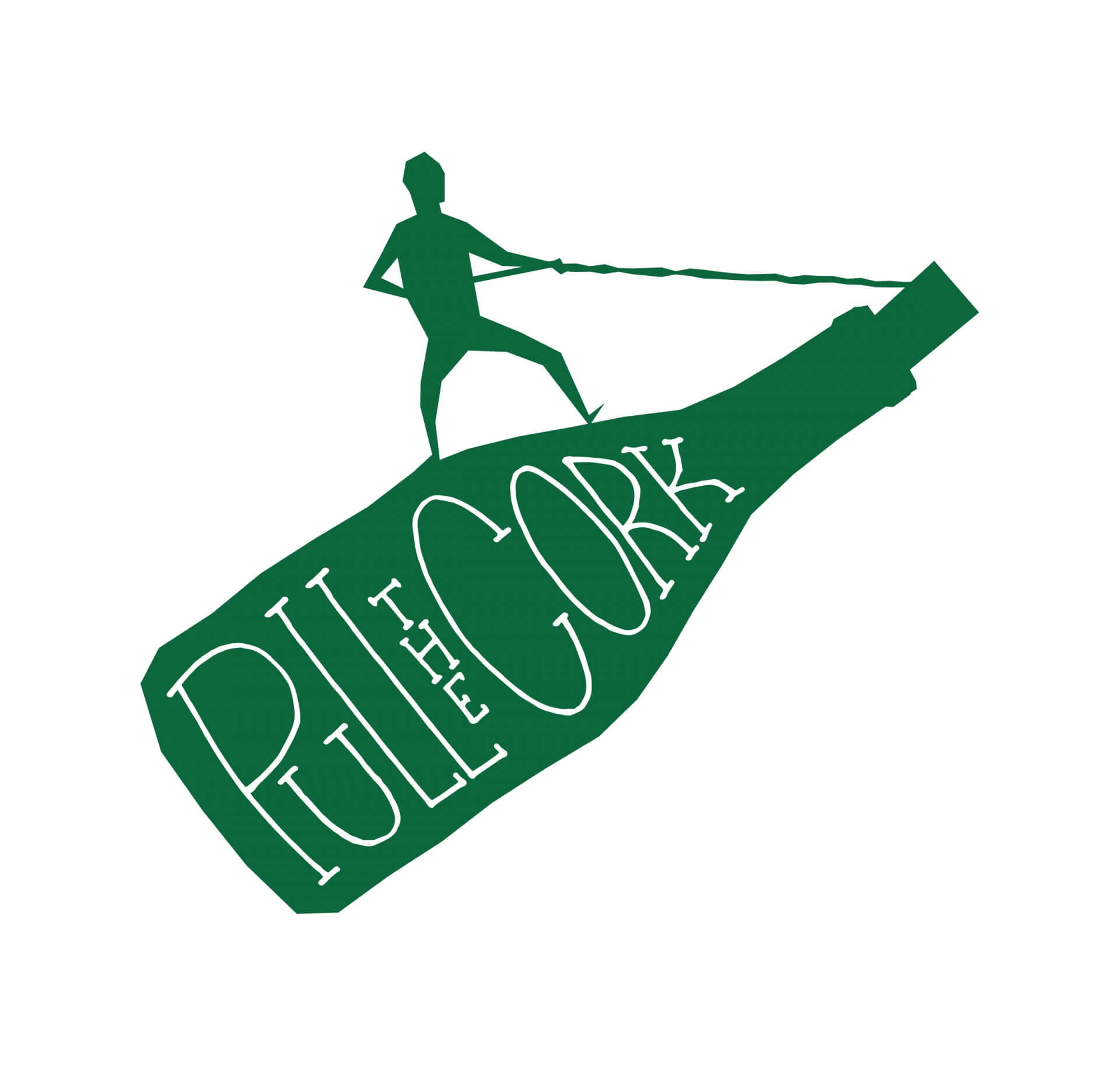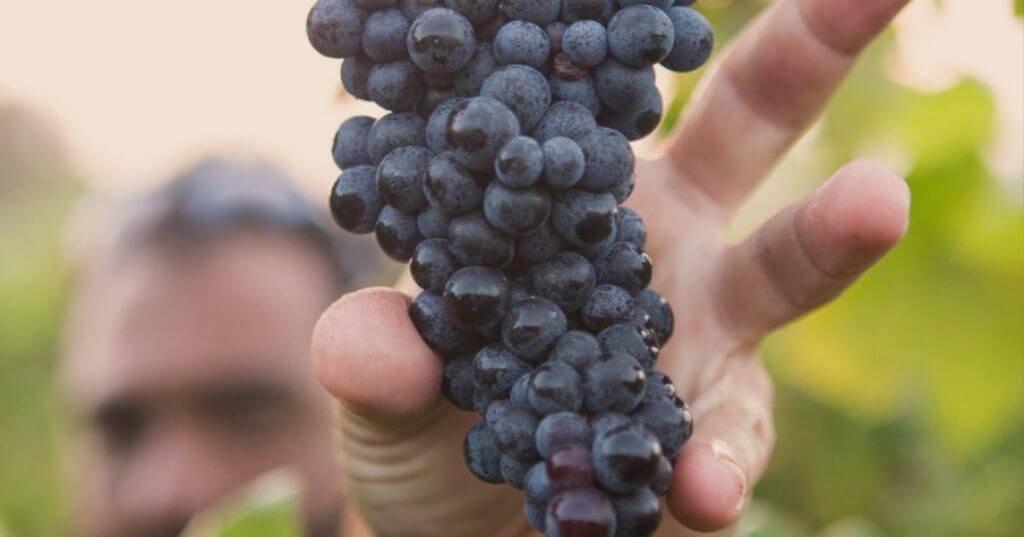Sustainable Winemaking, Wine World & Regions
Effects of Climate Change on the Wine Industry
Can vineyards be an indicator of climate change?
The climate has a notable effect on wine, shaping the character of the wine through the grapes. While the wine industry isn’t a major contributor to greenhouse gas emissions (around 0.1 per cent of global carbon emissions) with the rising temperatures, the impact of the climate and the effects of climate change on the wine industry could well dramatically change in the coming decades.
Whether we see it in the eyes of Greta Thunberg or the likes of the Extinction Rebellion protestors on the streets of London last week – or neither of those – the great global warming scandal in the wine industry is something that seriously needs to be addressed in the coming years.
The worst-case scenario could see many of the world’s best-known regions having to make radical changes to the styles of wine produced and the wine production itself or they could well face long term extinction.
Wine grapes are generally grown in places where frost is not seen often, temperatures are moderate and there’s just the right balance of humidity and rain. When temperatures and levels of CO2 increase, grapes ripen more quickly resulting in fruit with higher levels of sugars, lower acidity and higher pH levels. Winemakers now have a small dilemma. They can either harvest much, much earlier, sacrificing complexity for passable alcohol levels, or produce wines that nobody will acceptably purchase.
There is a whole handle of issues that winemakers have to face when it comes to changes in the vineyards, they have irrigation problems, diseases that are likely to spread and soil erosion from heavy rainfall or flooding, vast changes for winemakers are not something easily compatible.
Effects of climate change on the wine industry
A grape harvest with climatic conditions and high temperatures can produce a good vintage and initial studies have indicated that a climate warming could prove beneficial for some wine growing regions, but excessive climate change could be disastrous to the winemaker. It is estimated that for each degrees Celsius that the average temperature increases, the harvest is anticipated about a week. These cycle changes in the growing season in some wine regions have been known to cause some grapes to ripen badly and result in the loss of quality in the resulting wines.
A growing number of wine regions are now affected by rising temperatures and are facing the global warming conundrum, adopting techniques to reduce the effect of the impact of the climate, such as planting the vines in shallow soil to reduce water consumption, introducing controlled irrigation and shading the grapes from the sun.
As we discovered last week, vintners in Burgundy, are trying to limit frost damage on their vines by employing a variety of heating techniques to keep their crops warm – these included lighting big oil drums throughout their vineyards, others use ‘bougies’ – large paraffin candles that give off heat.
“Our vineyard team stays up overnight, constantly checking the weather stations for a sign of a frost and when the temperature does drop, they must quickly head out to the vineyard to light the bougies,” – Hannah Simpson-Banks tells Decanter.com.
The candles generate enough heat to keep frost at bay and have the added bonus of creating protective smoke.
Ridgeview in Sussex also use the same technique that burgundy use. We spoke to Moritz of Res Fortes, Maury about their struggles with climate change.
“In the Roussillon In 2017 due to a warm March budburst happened 3 weeks earlier than normal, causing the harvest to happen at the beginning of August, which shortened ripening duration. This year in 2019 we are experiencing the same issue as well as no rainfall, causing us severe challenges. However, in the Roussillon, we are lucky with the Tramontana wind so frost is never really an issue”. – Winemaker Moritz Bak
Although lighting small fires sounds like the most obvious thing to implement, some commercial vineyards run sprinklers through the night. This causes water to freeze over the tender buds in order to protect grapes from frost, protecting them. The science behind it is certainly difficult to understand, but winegrower, David Ruzzo breaks it down for Winemaker:
“First think about what happens when the ice melts. In order for water to make the transition from solid to liquid – in other words, in order to melt ice – energy must be added to the ice. This energy comes in the form of heat. Once the ice is melted, the resulting water contains that energy. Now, in order to reverse the phase transition – in other words, to freeze water – the water must give up that energy. The amount of heat generated is small, but enough to get trapped between the green tissue and the ice and keep the vines protected as long as it doesn’t get too cold (below 28 F/minus 2.2 C on average) or stay cold for too long (more than a few hours).“
So next time you’re enjoying a glass of our sustainable wine, make a toast to the winemakers that are out there combating these vast problems.


Best article to date.